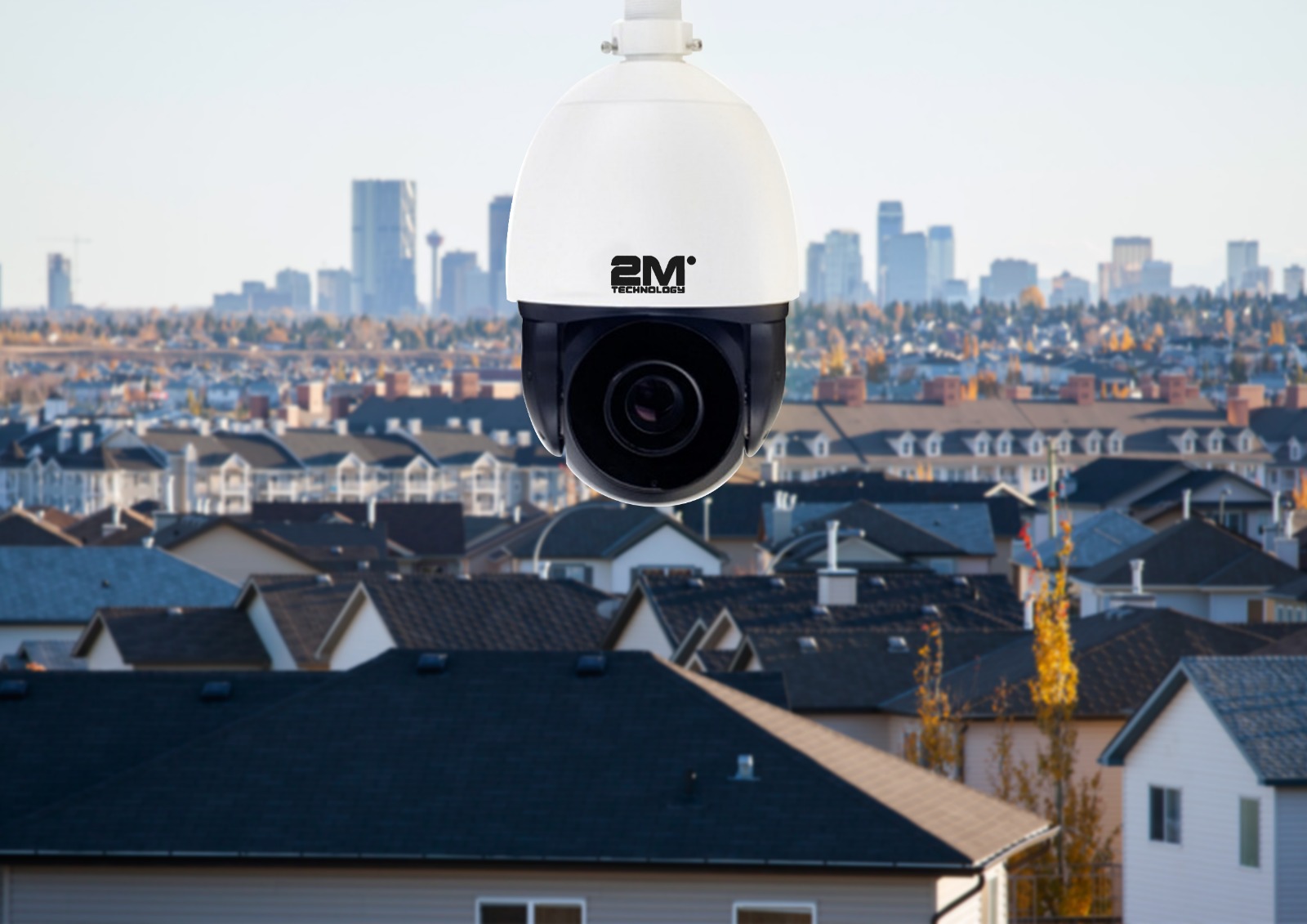Even though summer is coming to a close, many parts of the world are still suffering from extreme heatwaves with no end in sight. Scientists report that 2023 is on track to becoming the hottest year ever recorded and the world is just going to keep getting warmer with each passing year. Besides taking a toll on our physical comfort, the heat is also causing outdoor electrical equipment, such as security cameras, to overheat, fail, or even catch fire. We can’t control rising temperatures, but what we can do is adjust to our new reality and protect outdoor security cameras with protective housings.
Rising Temperatures, Rising Problems
Continuous exposure to high temperatures can negatively affect the performance and durability of security cameras. Excessive heat can cause the camera to malfunction, stop working, or spark a fire. The operating temperature range for a typical IP security camera is around -20°C to 60°C (-4°F to 140°F), but a camera’s performance can still be affected when being used in temperatures close to the minimum or maximum of this range. In Texas where our company is based, temperatures get can as high as 43°C or 110°F during the summer, which is quite close to the maximum. Not only that, temperatures this high happen on a daily basis, adding even more strain and making outdoor security systems more susceptible to issues.
Even if you live in an area that doesn’t normally get that hot, changing weather patterns are expected to raise temperatures globally and make extreme heatwaves more common, which can have major implications. Increased temperatures dry out the environment, leaving land more vulnerable to wildfires. The recent Maui fire is a devastating example of just how quickly a wildfire can start and spread. If an outdoor security camera overheats and catches fire, it could lead to tragic consequences for the surrounding area. No matter where you live, heat will eventually become an issue for your outdoor security cameras so it’s best to take action now.
Take Control With Security Camera Housings
Heat-resistant security cameras are available, but may not be the best solution, especially if you already have an existing system. Buying a new system could run you hundreds to thousands of dollars on new equipment and installation. Not only that, setting up a new system can be time-consuming and frustrating if you have to configure network connection or learn a new software.

A better solution would be to purchase heater control housings for your security cameras. These devices are designed to cover the camera and protect it from extreme external temperatures by controlling the internal temperature. The housing is equipped with a built-in heater to provide the camera with heat in cold temperatures, but it also has a blower that vents out hot air and keeps the temperature surrounding the camera cool.
Another option would be to use explosion-proof housings. These are specialized housings that are engineered to prevent security camera-related explosions from occurring in hazardous industries where the risk is high. Like heater control housings, explosion-proof housings encase security cameras and can withstand even the harshest temperatures. What makes these housings special is that they are strong enough to contain any electrical sparks or explosions that may be emitted by the camera, thereby eliminating the risk of external explosions. If your security cameras are in a particularly dry location, explosion-proof housings would be a safe option to use because even if your cameras do overheat, they won’t become a fire hazard.
Contact 2M Technology for Your Solution
We can’t control the weather, but we can adapt to the changing climate and prevent our security systems from feeling the heat. If you need heater control or explosion-proof housings for your security cameras, contact our sales team today for a free estimate. You can call us +1 (214) 988-4302 or email us at sales@2mtechnology.net

